Why you can trust TechRadar
Battery life
- Massive 5,000mAh battery
- Lasts a long time but charges slowly
Battery life is one of the best reasons to buy the Oppo A9 2020. It has a huge 5,000mAh battery, and Oppo has managed to keep the phone a completely normal shape and size. This is no Energizer phone.
Several times we have made it to midnight with around 50% charge left, a couple of days even above 60%. Our 50% at midnight dropped to the mid-40s by morning, but a lighter user could certainly make the Oppo A9 2020 last two full days without trying.
As heavier users we love a phone we can rely on, even on days when we have time to kill on trains, with YouTube streaming or some gaming. The Oppo A9 2020 is absolutely one of these phones. Not long ago we reviewed the Google Pixel 4 XL, and even in that bigger variant the Oppo trashes the much more expensive Google phone for staying power.
It did fairly well in our standardized battery test too. In this test we play a 90-minute video at maximum display brightness, and see how much the battery drains down. The Oppo A9 2020 lost 13%, starting from a full charge. This is very similar to the Moto G7 Power, which lost 12%. That phone also has a 5,000mAh battery, and also lasts a luxuriously long time when doing its normal mobile jobs.
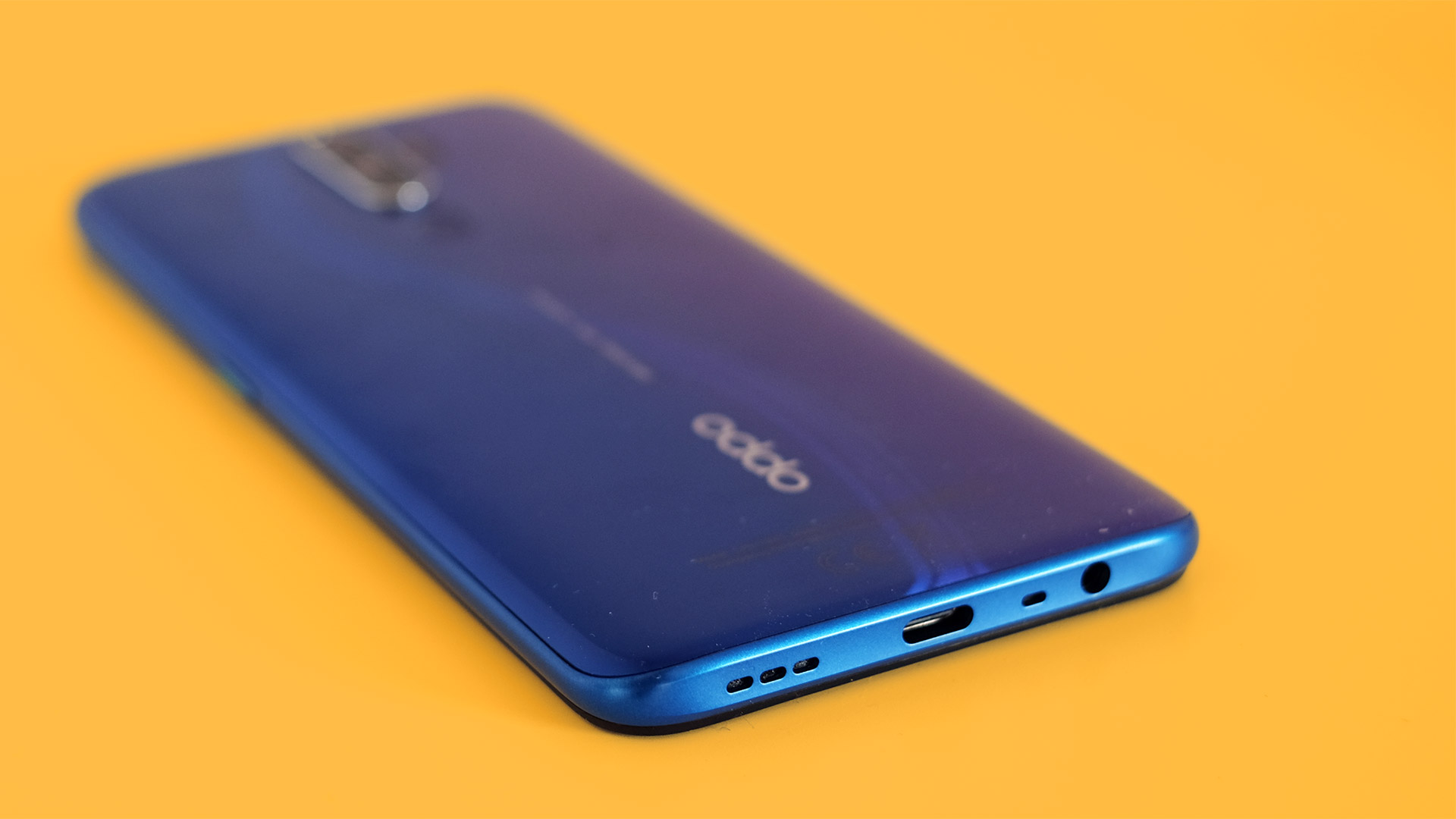
That the Oppo A9 2020 takes a while to charge is the only bad news. It has a standard voltage charger, and a full recharge takes around three hours.
This phone could theoretically offer Qualcomm’s QuickCharge 3.0, as it’s supported by the Snapdragon 665 chipset. But we didn’t see a huge rise in speed (or any on-screen notification of fast charging) when we used the Pixel 4’s more advanced charger.
We are glad to see Oppo use a USB-C port rather than a micro USB, though. Some cheaper phones still have the older standard, and it's straight-up outdated for the 2019/2020 season.
Sign up for breaking news, reviews, opinion, top tech deals, and more.
Camera
- Quad-lens rear camera with 48MP, 8MP, 2MP and 2MP sensors
- Great performance for the price, even at night
- The 2MP sensors don't seem to do much
The Oppo A9 2020 has a lot of cameras, four on the back and one on the front. Two of these cameras have very low-end hardware, just a 2MP sensor, but it’s much easier to give an affordable phone like this a break.
The main camera has a 48MP sensor and an f/1.8 lens. The second camera is an ultra-wide with an 8MP sensor. And the two piddly 2MP sensors are used for depth shots and black and white photography.
Despite using a low-quality depth sensor, the Oppo A9 2020’s ‘portrait’ background blurring is actually quite good. Cut-out fidelity is above average.
However, we have real issues with these 2MP cameras. The phone is able to take both black and white photos and background blur images when the extra sensors are blocked. And there seems to be no obvious difference in the final images whether they are blocked or not according to our testing.
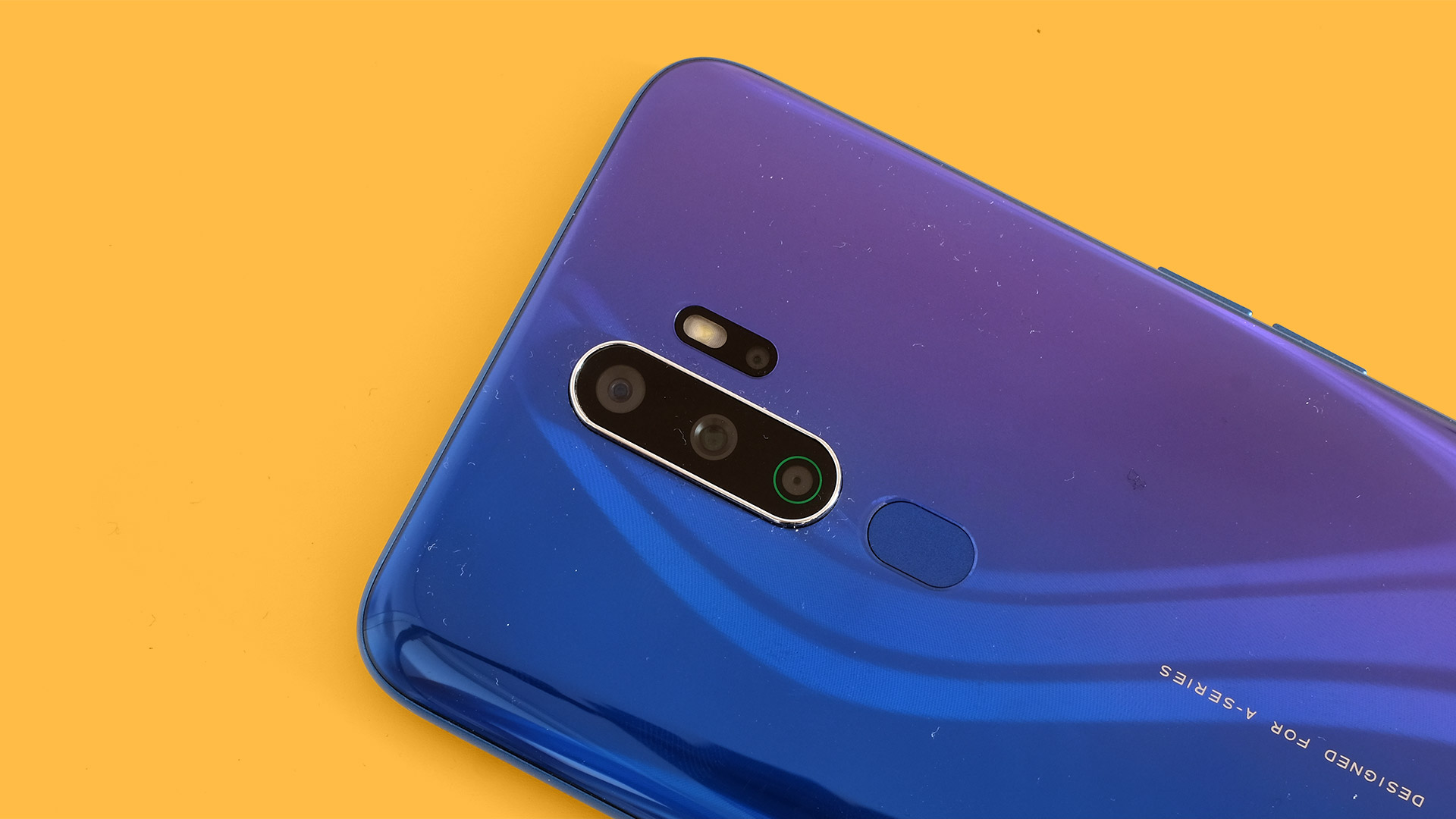
Are these two cameras simply here to bulk out the spec sheet? Do they do anything at all? Our best guess is they speed up capture of background blur and macro shooting slightly. Thankfully there are distractions from this possible deceit.
The Oppo A9 2020 also takes some of the best low light images we’ve seen at the price. It uses the same multi exposure technique as Oppo’s more expensive models. Switch to Night mode and the phone crops into the view slightly, to ensure your natural hand movements don’t affect the shot’s edges.
And it results in a huge improvement to detail, dynamic range and overall image quality, unlike many budget phones’ low light modes.
This is feature trickle down in action. The low light mode really isn’t all that different from the kind used in ultra-high-end mobiles. You do need to manually engage night mode, though.
Its ‘Auto’ night photos have the soft porridge-y look of the category standard, and each night mode shot takes seven seconds to capture. It isn’t quick. The Google Pixel 3A XL has nothing to worry about here, so it’s a good job that phone is a lot more expensive.
How about day-lit images? You can take great images with the Oppo A9 2020. Again, some of the best available at the price.
However, the phone’s processing is at times too blunt and crude. The Oppo A9 2020 tries to perform extreme dynamic range enhancement in too many scenes and it can result in strange-looking webs of darker and lighter parts when shooting trees.
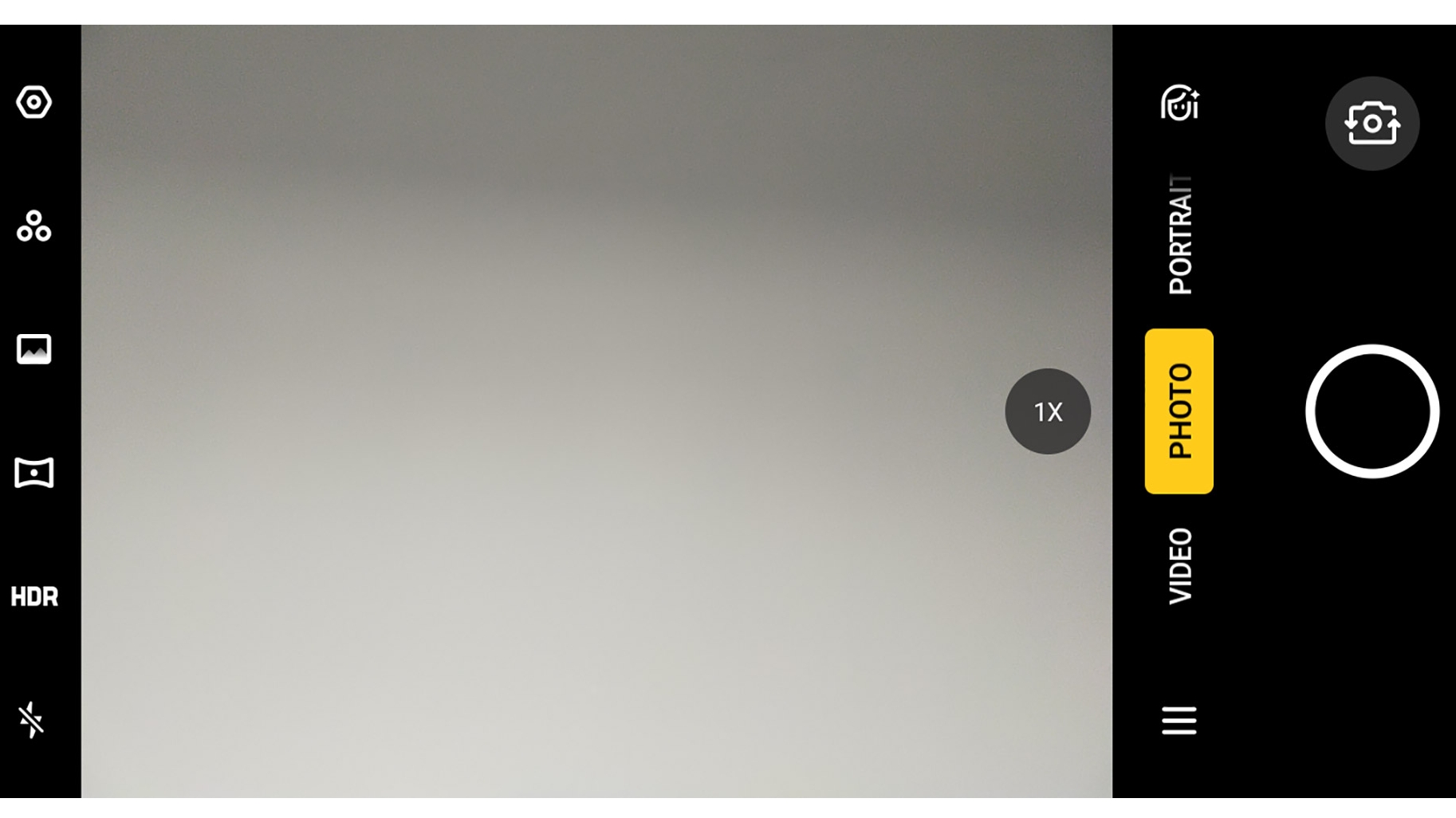
The HDR mode is effective, but not always particularly natural-looking. At times the color temperature of images is a little inconsistent too, particularly if there is no sky to act as a baseline reference. A few pictures we took are slightly too cool, but this can be tweaked in the edit. Or you can control color temperature yourself in the Manual mode.
We shot with the Oppo A9 2020 and Oppo Reno Z back-to-back, and noticed some fairly stark differences in their processing of fine detail. The Reno Z is, no surprise here, better. But, once again, when you consider the price there’s little to complain about too loudly.
The macro mode automatically engages when you get close to your subject. It doesn’t actually let you get any closer to it and maintain focus, but it does throw the rest of the image out of focus, which makes your subject look sharper and more vital.
Just make sure you know what the quad camera really provides before buying. For example, there’s no real zoom camera. The app lets you zoom in 2x and 5x, but the results look fairly shocking at 5x, with almost rotoscope-looking details thanks to the sheer weight of the processing.
The ultra-wide is the only added field of view, with a roughly 119-degree lens. This has a little more distortion at the edges of the field than some higher end phones, but is a useful tool for your arsenal.
Video capture tops out at 4K, 30 frames per second. And effective software stabilization disappears above 1080p. These are limitations typical of the price. You cannot use the ultra-wide lens to take video either. The rival Moto G8 Plus uses this secondary camera to shoot extra-stabilized video, but the software stabilization here is not super-effective.
The selfie camera has a 16MP sensor. It can take great selfies in reasonable lighting, packed with detail. However, it doesn’t remotely match the best in true low light conditions.
Camera samples



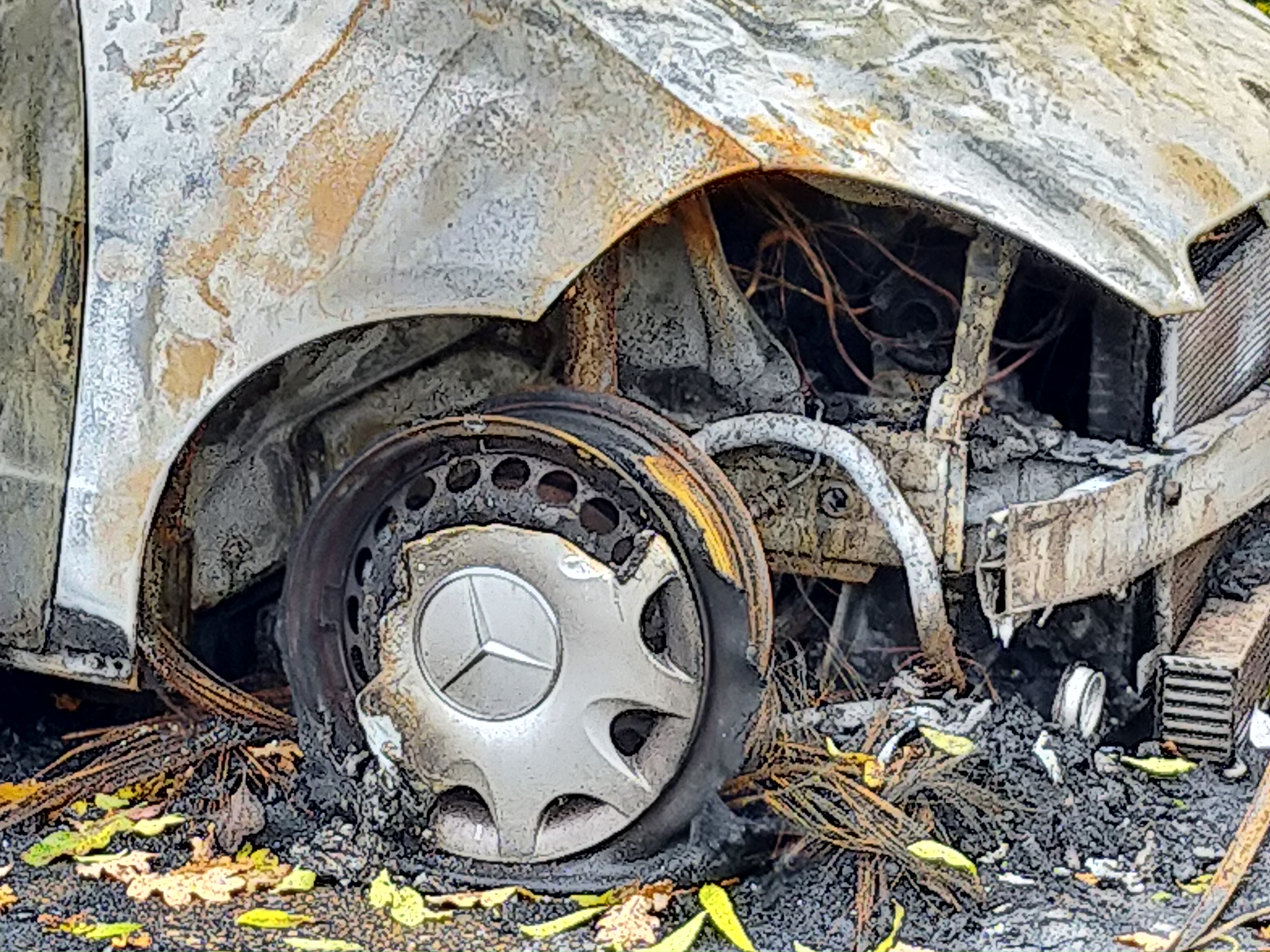



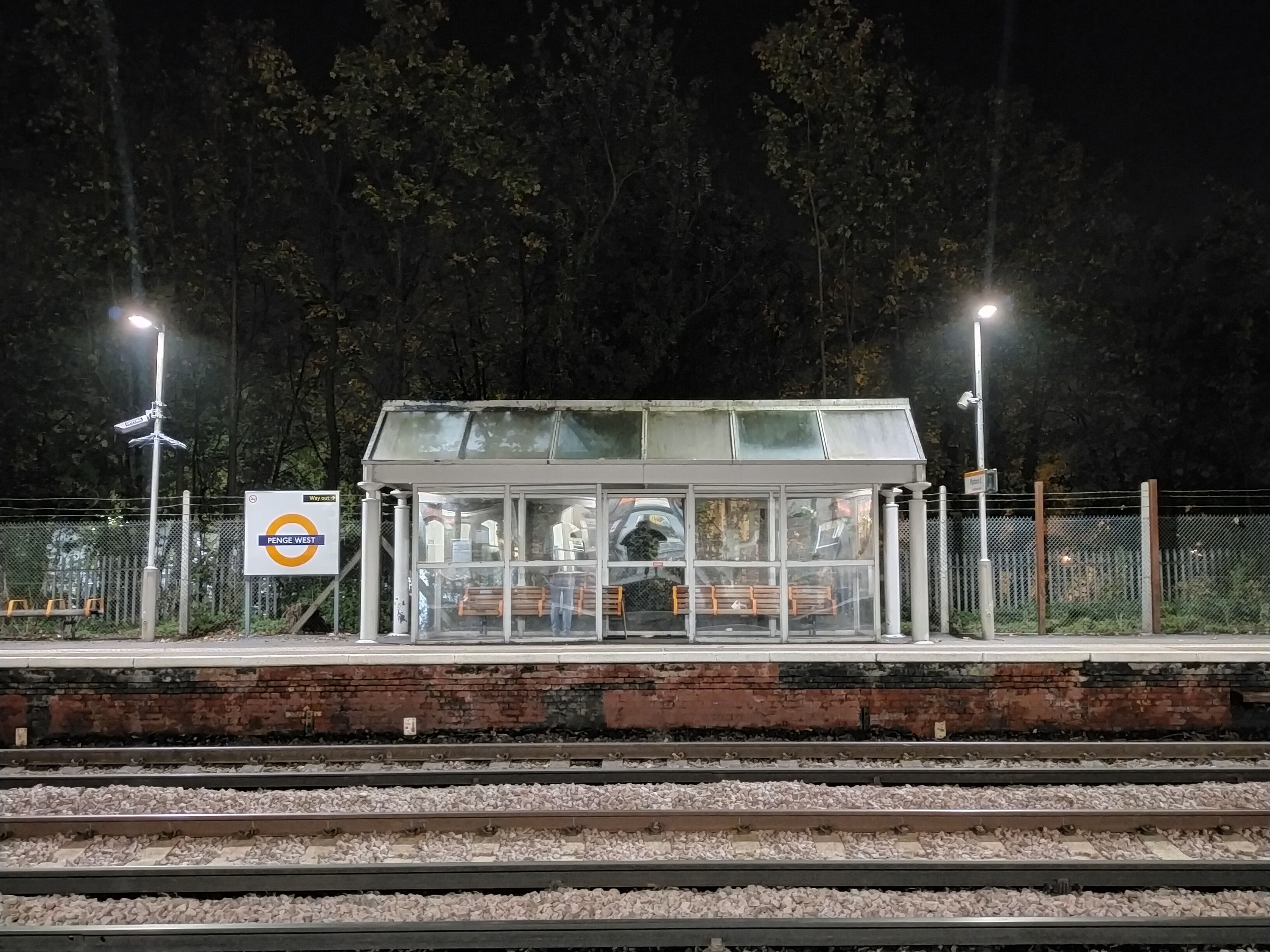

Current page: Battery life and camera
Prev Page Introduction, design and display Next Page Anything else I should know?
Andrew is a freelance journalist and has been writing and editing for some of the UK's top tech and lifestyle publications including TrustedReviews, Stuff, T3, TechRadar, Lifehacker and others.
